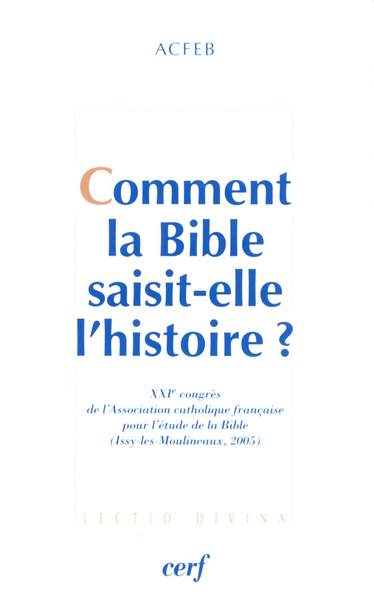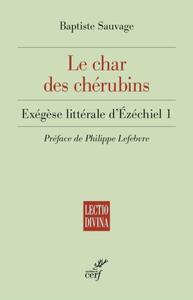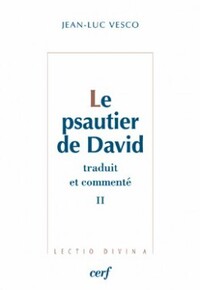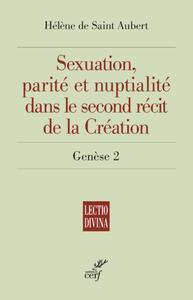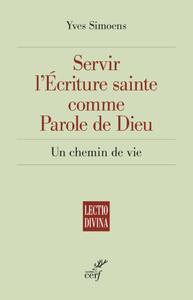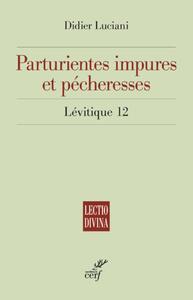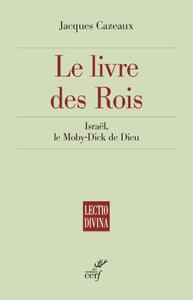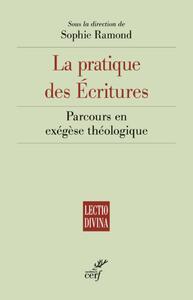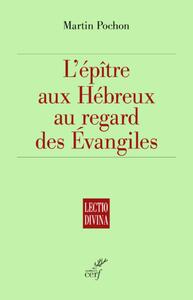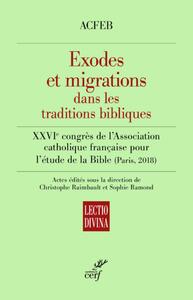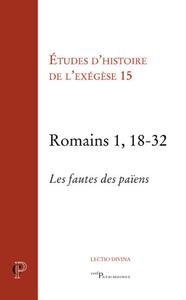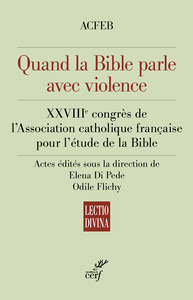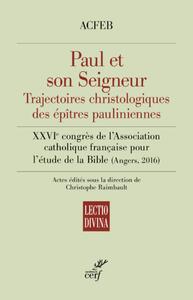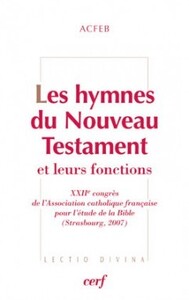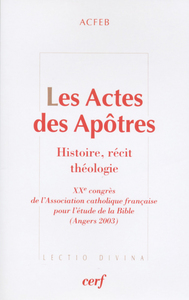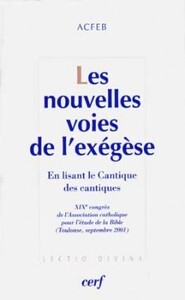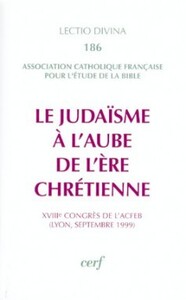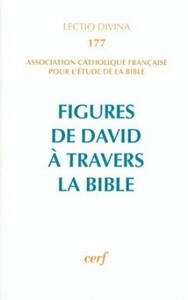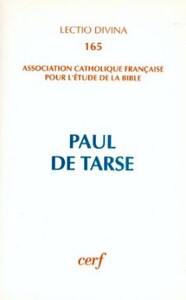Nous utilisons des cookies pour améliorer votre expérience. Pour nous conformer à la nouvelle directive sur la vie privée, nous devons demander votre consentement à l’utilisation de ces cookies. En savoir plus.
COMMENT LA BIBLE SAISIT-ELLE L'HISTOIRE ?
EAN : 9782204083263
Paru le : 22 févr. 2007
-
 Livraison gratuite
Livraison gratuite
en France sans minimum
de commande -
 Manquants maintenus
Manquants maintenus
en commande
automatiquement -
 Un interlocuteur
Un interlocuteur
unique pour toutes
vos commandes -
 Toutes les licences
Toutes les licences
numériques du marché
au tarif éditeur -
 Assistance téléphonique
Assistance téléphonique
personalisée sur le
numérique -
 Service client
Service client
Du Lundi au vendredi
de 9h à 18h
- EAN13 : 9782204083263
- Réf. éditeur : 774892
- Collection : LECTIO DIVINA
- Editeur : Cerf
- Date Parution : 22 févr. 2007
- Disponibilite : Manque sans date
- Barème de remise : NS
- Format : 2.00 x 13.50 x 21.40 cm
- Poids : 365gr
- Interdit de retour : Retour interdit
-
Résumé :
Jean-Michel Poffet, qui préface ce livre, cite le père Lagrange, fondateur de l'École biblique de Jérusalem à la fin du XIXe siècle, qui écrivait : " Il y a une certaine manière d'écrire l'histoire qui n'est pas la nôtre, mais qui se trouve dans l'Ancien Testament. " C'est précisément à cette tâche de comprendre comment la Bible fait de l'histoire que se sont attelés les biblistes de l'ACFEB au cours de leur XXIe congrès. J.-M. Carrière, en fin d'ouvrage, résume ainsi l'apport de plusieurs des contributions : il n'y a pas une historiographie biblique, mais plusieurs projets historiographiques traversent l'Ancien Testament. Trois traits les caractérisent : 1) Les auteurs bibliques ont une double référence : ils appartiennent à un certain contexte historique, mais en écrivant ils construisent un " monde " de référence pour les générations à venir. 2) Les époques d'élaboration historiographique sont des moments de crise grave, voire de situations finales : écrire était faire pièce à la mort. 3) Écrire l'histoire entretient un rapport à la temporalité plus qu'à la causalité : ce n'est pas la succession des événements qui est visée mais le traitement intelligent de ceux-ci - c'est-à-dire la volonté d'en dégager le sens. On voit la différence avec nos requêtes modernes en matière d'historiographie. Il s'est donc agi de comprendre l'opération historienne propre aux textes bibliques. -- Jean-Michel Poffet, prefacer of this book, quotes Father Lagrange, the man who founded the École biblique de Jérusalem at the end of the 19th century. The latter wrote: 'There is a certain way of writing history which is not our way, but which we find in the Old Testament.' This is the challenge taken up by the biblists of the ACFEB during their 21st congress: to understand how the Bible sets down history. At the end of this book, J.-M. Carrière sums up what several contributions have revealed: there is not, so to speak, one Biblical historiography; but several historiographic projects that traverse the Old Testament. They are characterised by three features. 1) The biblical authors have a dual reference: they belong to a certain historical context, but when they write, they construct a 'world' that will be a reference for generations to come. 2) The times during which the historiographic elaboration took place were years of grave crises, even situations of finality: to write was to thwart death. 3) The writing down of history maintains a rapport with temporality rather than with causality: here, the chronology of events is not the objective, but their intelligent treatment - i.e. to reveal the meaning. We can observe the difference between this and our modern requisites in matters of historiography. Thus, the task was to understand the specific historian procedure for Biblical texts.

